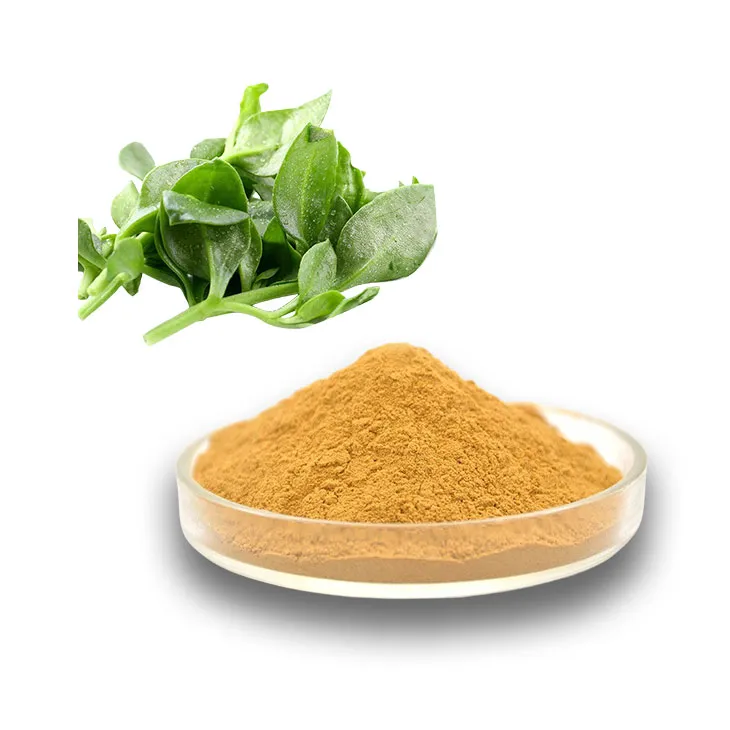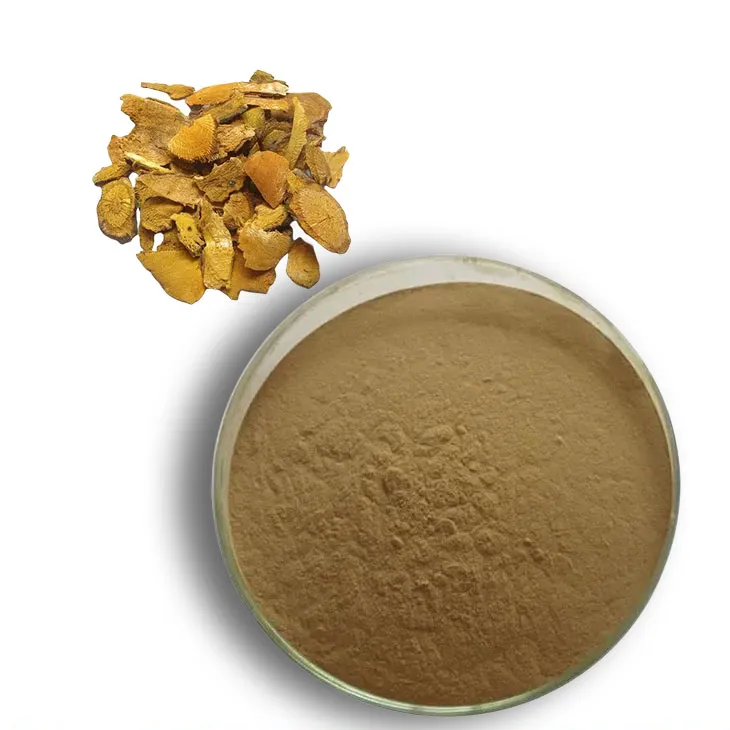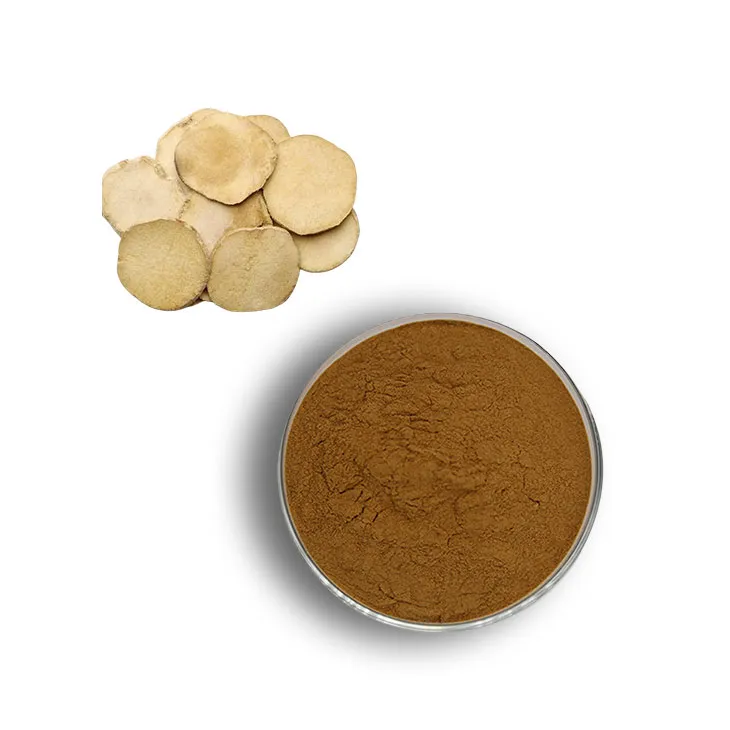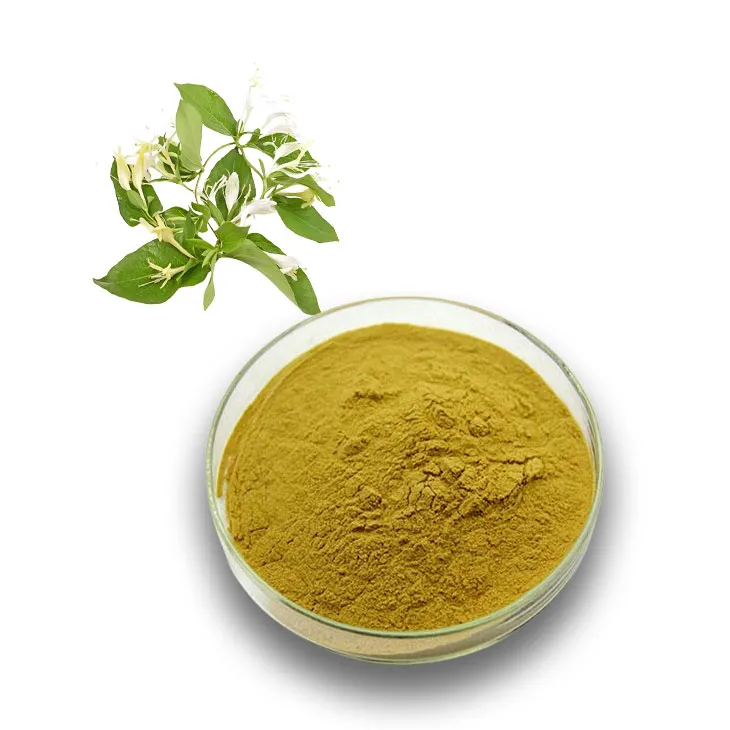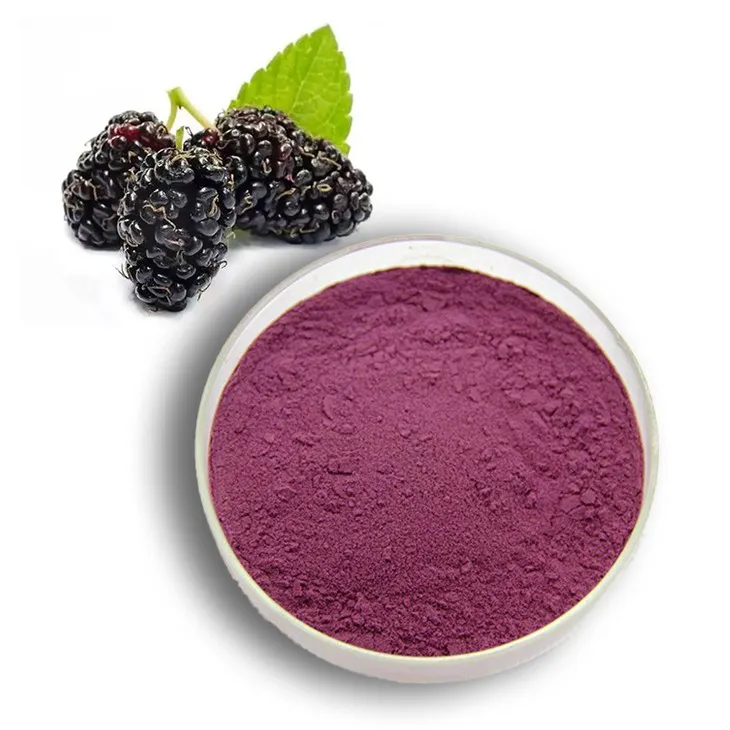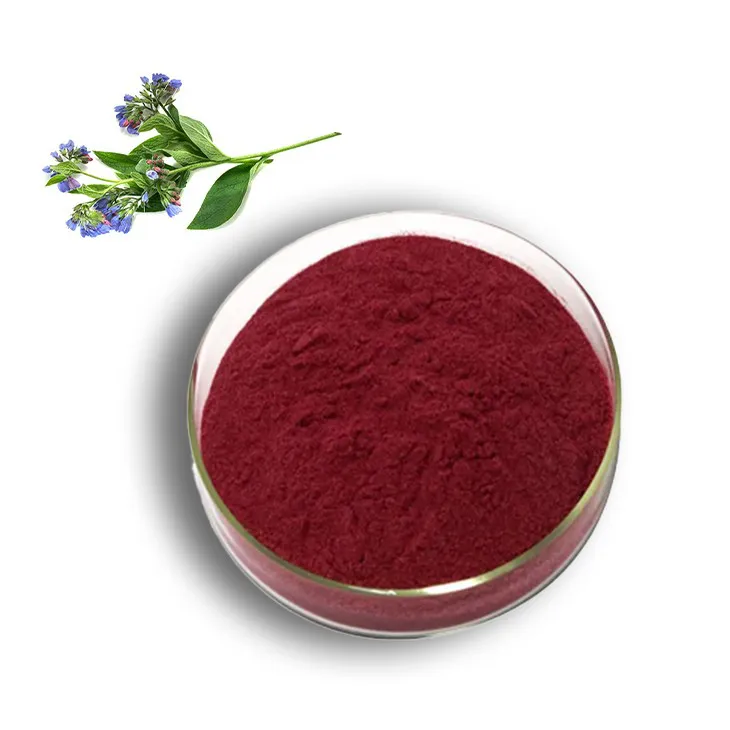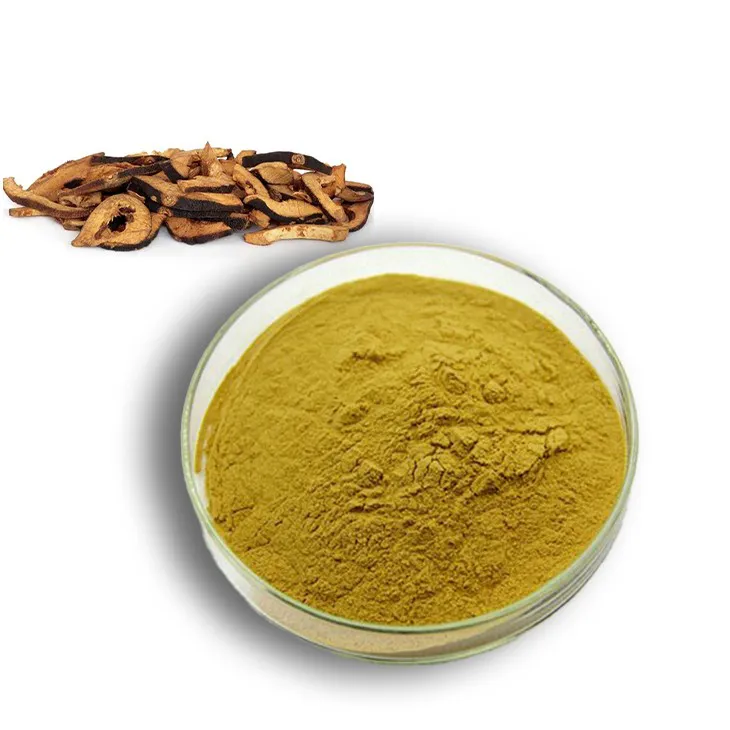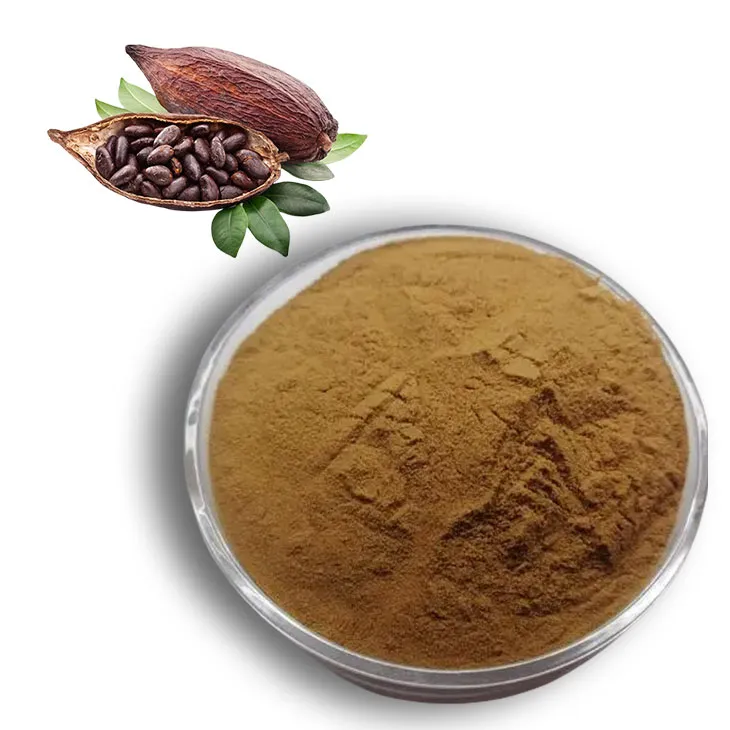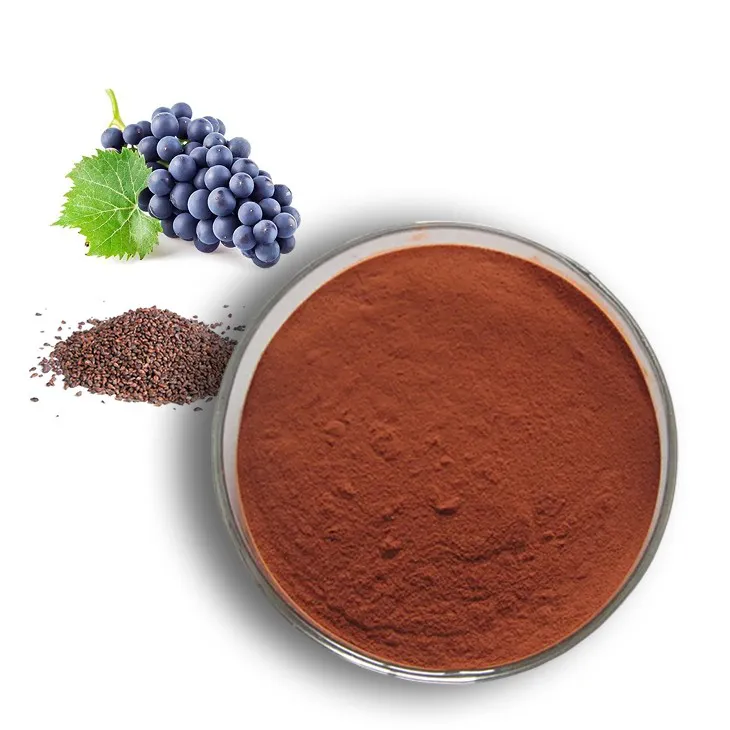- 0086-571-85302990
- sales@greenskybio.com
Carbon Dioxide Extract of Organic Feverfew Extract.
2024-12-10
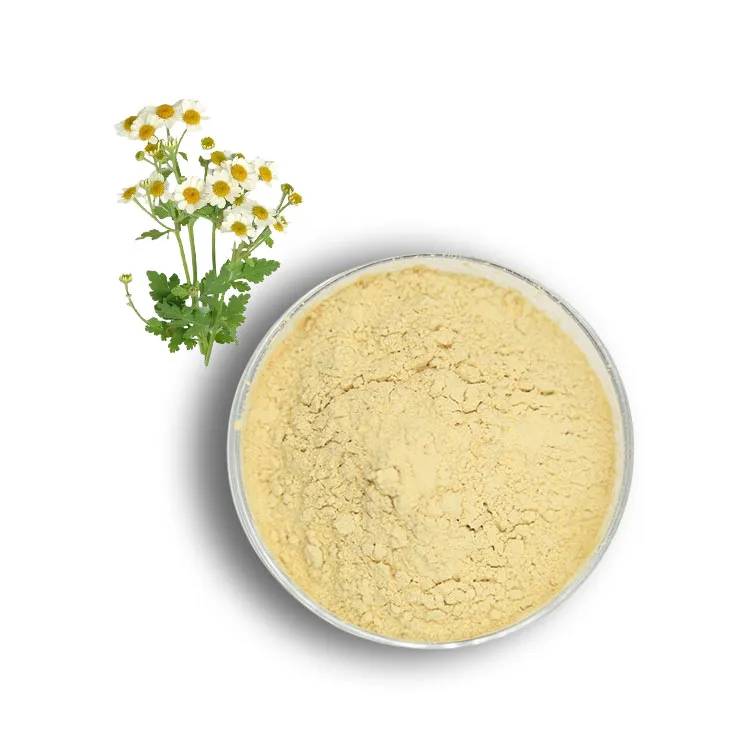
1. Introduction to Organic Feverfew Extract
Organic Feverfew Extract, especially when obtained through CO2 extraction, is a highly valuable botanical derivative. Feverfew (Tanacetum parthenium) has a long history of being recognized for its medicinal properties in various cultures around the world. This herb has been used traditionally for centuries, and modern research is now uncovering the scientific basis behind its many beneficial effects.
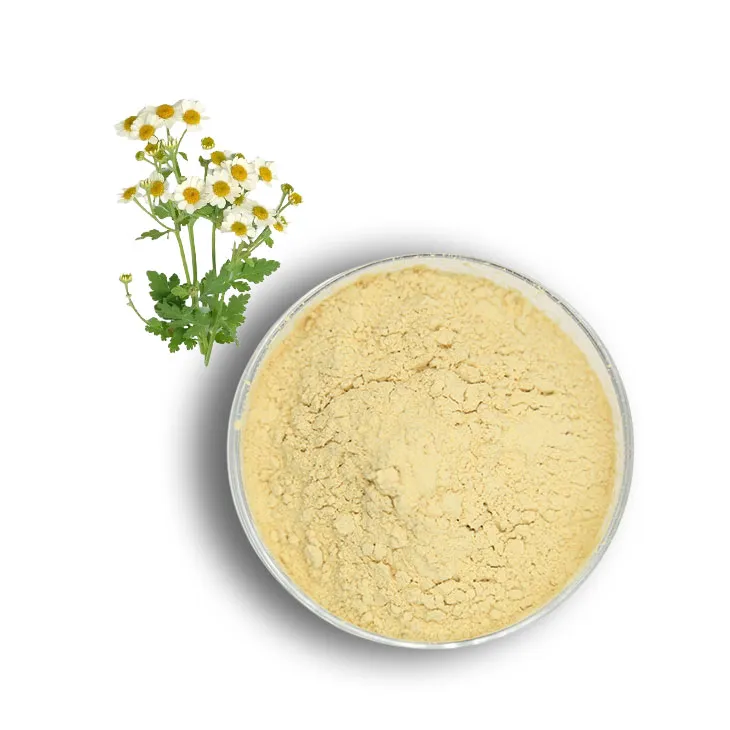
2. The CO2 Extraction Process
The CO2 extraction process is a sophisticated and efficient method for obtaining the valuable components from feverfew. This supercritical fluid extraction technique uses carbon dioxide in a supercritical state, which has properties between those of a gas and a liquid. It allows for the extraction of a wide range of phytochemicals from the feverfew plant.
- One of the main advantages of CO2 extraction is its selectivity. It can target specific compounds within the feverfew, resulting in a more pure and concentrated extract.
- Compared to other extraction methods, such as solvent extraction, CO2 extraction is generally considered more environmentally friendly. Since carbon dioxide is a non - toxic and easily removable gas, there are fewer residues left in the final extract.
- Furthermore, the CO2 extraction process can operate at relatively low temperatures, which helps to preserve the integrity of the heat - sensitive phytochemicals present in the feverfew.
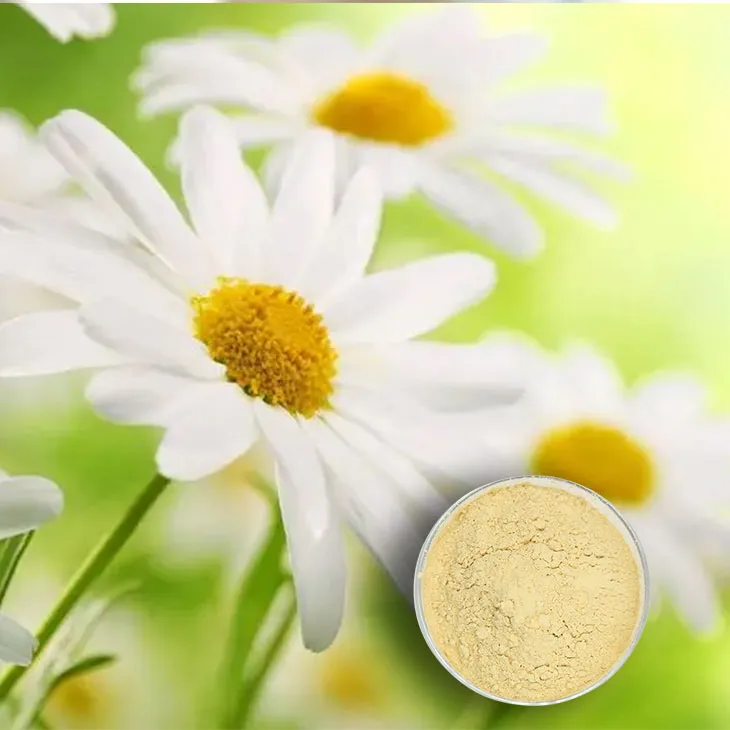
3. Phytochemical Composition of Organic Feverfew CO2 Extract
The organic feverfew CO2 extract contains a rich variety of compounds that contribute to its potential health benefits.
- One important group of compounds are the sesquiterpene lactones, which are known for their biological activities. For example, parthenolide, a major sesquiterpene lactone in feverfew, has been the focus of much research due to its potential anti - inflammatory and anti - cancer properties.
- Flavonoids are also present in the extract. These compounds are well - known for their antioxidant capabilities and their ability to modulate various cellular processes. Flavonoids in feverfew may play a role in protecting cells from damage.
- There are also other minor components such as phenolic acids and essential oils. The combination of these different phytochemicals creates a complex and potentially synergistic effect within the extract.

4. Antioxidant Capabilities
One of the most studied aspects of the organic feverfew CO2 extract is its antioxidant capabilities.
- Antioxidants are substances that can neutralize free radicals in the body. Free radicals are highly reactive molecules that can cause oxidative stress. Oxidative stress occurs when there is an imbalance between the production of free radicals and the body's ability to detoxify them or repair the resulting damage.
- The antioxidants in the Feverfew Extract, such as flavonoids and certain phenolic compounds, can donate electrons to free radicals, thereby stabilizing them and preventing them from causing further harm to cells. This protection of cells from oxidative stress is crucial as oxidative stress has been linked to a wide range of diseases, including cardiovascular diseases, neurodegenerative disorders like Alzheimer's and Parkinson's, and certain types of cancer.
- Studies have shown that the antioxidant activity of the feverfew extract can be comparable to other well - known antioxidant - rich plants. This makes it a potentially valuable addition to the diet or in the development of antioxidant - based supplements.
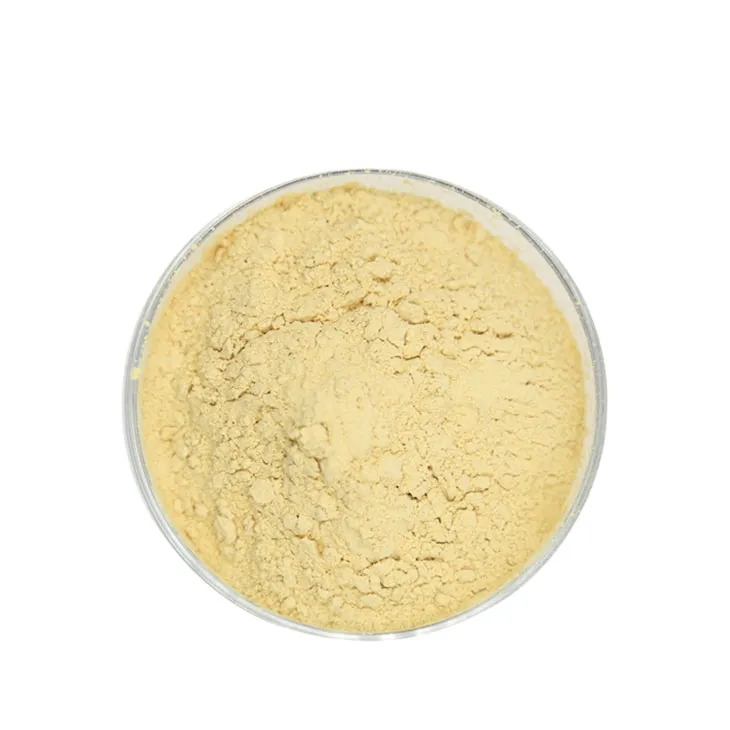
5. Potential Role in Alleviating Migraines
Another area of significant research interest regarding the organic feverfew CO2 extract is its potential role in alleviating migraines.
- Traditional use of feverfew for migraine relief dates back many years. Some people have reported a reduction in the frequency and severity of migraines after taking feverfew supplements.
- Research has suggested several possible mechanisms through which feverfew might act on migraines. One hypothesis is that the sesquiterpene lactones, particularly parthenolide, may inhibit the release of certain inflammatory mediators that are involved in the initiation and progression of migraines. For example, it may affect the release of serotonin, a neurotransmitter that has been implicated in migraine pathophysiology.
- However, more research is still needed to fully understand the effectiveness of feverfew extract in migraine treatment. Clinical trials have had mixed results, and factors such as the dosage, the form of the extract (e.g., CO2 extract vs. other extraction methods), and the individual variability of patients all need to be further explored.

6. Applications in the Health and Wellness Industry
The organic feverfew CO2 extract has a wide range of applications in the health and wellness industry.
- Dietary Supplements: Due to its potential health benefits, it can be incorporated into dietary supplements. These supplements can be formulated in various forms, such as capsules, tablets, or powders. They can be targeted towards individuals looking for natural ways to support their overall health, manage oxidative stress, or potentially reduce migraine frequency.
- Skincare Products: The antioxidant properties of the feverfew extract make it a valuable ingredient in skincare products. It can help protect the skin from oxidative damage caused by environmental factors such as UV radiation and pollution. In skincare formulations, it can be used in creams, lotions, serums, and masks to promote healthier - looking skin and potentially reduce signs of aging.
- Herbal Remedies: In the realm of herbal remedies, feverfew extract can be used on its own or in combination with other herbs. It can be prepared as tinctures, teas, or herbal blends for those who prefer a more traditional approach to health and wellness. These herbal remedies can be used for general well - being or for specific conditions related to inflammation, antioxidant support, or migraine management.
7. Quality Control and Standardization
For the organic feverfew CO2 extract to be effectively and safely used in various applications, quality control and standardization are essential.
- Firstly, the source of the feverfew plant is crucial. Organic farming practices ensure that the plant is free from pesticides and other contaminants. This not only affects the purity of the final extract but also its safety for consumption or use in skincare products.
- The extraction process itself needs to be carefully monitored. Parameters such as temperature, pressure, and extraction time in the CO2 extraction should be optimized and standardized to ensure consistent quality of the extract. This includes ensuring that the desired phytochemicals are extracted in the appropriate amounts.
- Finally, analytical methods are required to verify the composition and quality of the extract. Techniques such as high - performance liquid chromatography (HPLC) can be used to identify and quantify the key compounds in the feverfew CO2 extract. This helps in ensuring that the product on the market meets the expected standards and claims.
8. Future Research Directions
There are still many areas where further research on the organic feverfew CO2 extract is needed.
- One area is the in - depth study of the synergistic effects of the different phytochemicals present in the extract. Understanding how these compounds work together may lead to more effective use of the extract in various applications.
- Clinical trials with larger sample sizes and more standardized protocols are required to further evaluate the effectiveness of the extract in migraine treatment. Additionally, long - term studies are needed to assess its safety for chronic use, especially in the context of dietary supplements.
- Research on the potential use of the extract in other health conditions, such as autoimmune diseases or gastrointestinal disorders, is also an area of interest. The anti - inflammatory properties of the extract may hold promise for these areas, but more investigations are necessary.
FAQ:
What are the main phytochemicals in the carbon dioxide extract of organic feverfew extract?
The carbon dioxide extract of organic feverfew extract contains a variety of phytochemicals. Some of the well - known ones are sesquiterpene lactones, which are often associated with the medicinal properties of feverfew. However, it also contains other compounds like flavonoids and phenolic acids, which contribute to its antioxidant and other potential health - promoting properties.
How does the CO2 extraction process enhance the quality of the organic feverfew extract?
The CO2 extraction process is a gentle and efficient method. It allows for the extraction of a wide range of phytochemicals without the use of harsh solvents. This helps in maintaining the integrity of the bioactive compounds present in the feverfew. As a result, the final extract has a more complete profile of the plant's beneficial components, which may lead to better efficacy in various applications such as in health supplements and skincare products.
What evidence is there for the antioxidant capabilities of the organic feverfew CO2 extract?
Several in - vitro studies have shown that the compounds present in the organic feverfew CO2 extract can scavenge free radicals. These studies typically measure the ability of the extract to neutralize reactive oxygen species (ROS) and reactive nitrogen species (RNS). The presence of phenolic acids and flavonoids in the extract is believed to be responsible for these antioxidant effects. Additionally, some animal studies have also suggested that the consumption of feverfew - based extracts can lead to a reduction in oxidative stress markers in the body.
How can the organic feverfew CO2 extract be used in skincare products?
The antioxidant properties of the organic feverfew CO2 extract make it suitable for use in skincare products. It can help in protecting the skin from environmental damage such as UV - induced oxidative stress. Additionally, its anti - inflammatory potential (due to the presence of certain phytochemicals) may be beneficial for skin conditions like acne and eczema. It can be incorporated into creams, lotions, and serums to provide these benefits.
Is there any research on the safety of using the organic feverfew CO2 extract?
Yes, there has been research on the safety of using the organic feverfew CO2 extract. In general, when used as directed in dietary supplements or skincare products, it has shown a good safety profile. However, some people may experience mild side effects such as gastrointestinal discomfort. Also, it is important to note that pregnant or breastfeeding women should consult a healthcare provider before using products containing this extract, as its effects in these special populations are not fully understood.
Related literature
- The Chemical Composition and Medicinal Properties of Feverfew Extracts"
- "CO2 Extraction of Botanicals: A Review of the Process and Its Advantages for Feverfew"
- "Antioxidant Activity of Phytochemicals in Organic Feverfew Extract"
- ▶ Hesperidin
- ▶ Citrus Bioflavonoids
- ▶ Plant Extract
- ▶ lycopene
- ▶ Diosmin
- ▶ Grape seed extract
- ▶ Sea buckthorn Juice Powder
- ▶ Fruit Juice Powder
- ▶ Hops Extract
- ▶ Artichoke Extract
- ▶ Mushroom extract
- ▶ Astaxanthin
- ▶ Green Tea Extract
- ▶ Curcumin
- ▶ Horse Chestnut Extract
- ▶ Other Product
- ▶ Boswellia Serrata Extract
- ▶ Resveratrol
- ▶ Marigold Extract
- ▶ Grape Leaf Extract
- ▶ New Product
- ▶ Aminolevulinic acid
- ▶ Cranberry Extract
- ▶ Red Yeast Rice
- ▶ Red Wine Extract
-
Andrographis Paniculata Extract Powder
2024-12-10
-
Giant Knotweed Extract
2024-12-10
-
Alisma Extract
2024-12-10
-
Honeysuckle Pollen
2024-12-10
-
Mulberry Extract
2024-12-10
-
Shikonin
2024-12-10
-
Selenium yeast
2024-12-10
-
Citrus Aurantium Extract
2024-12-10
-
Cocoa Extract
2024-12-10
-
Natural grape seed extract
2024-12-10











